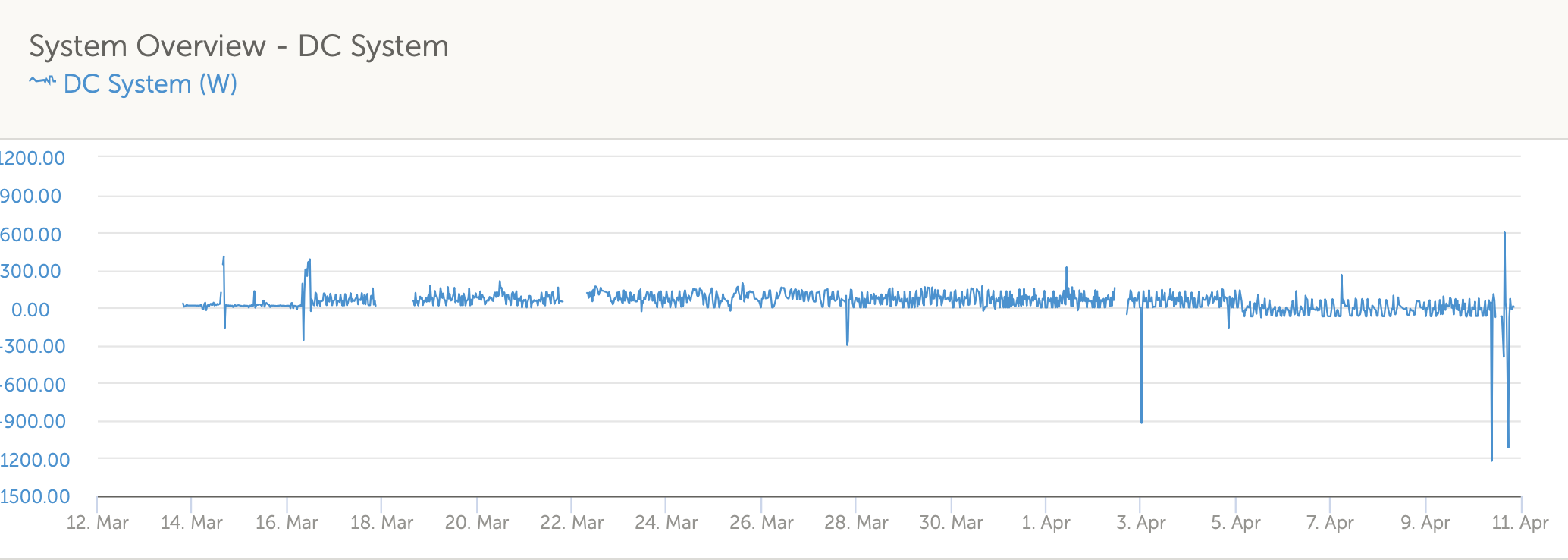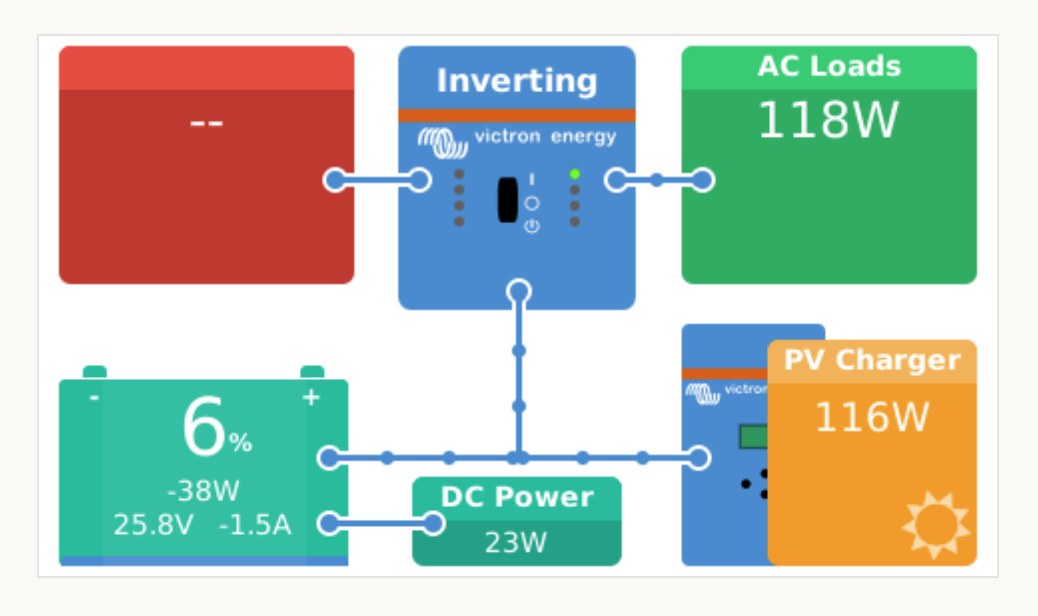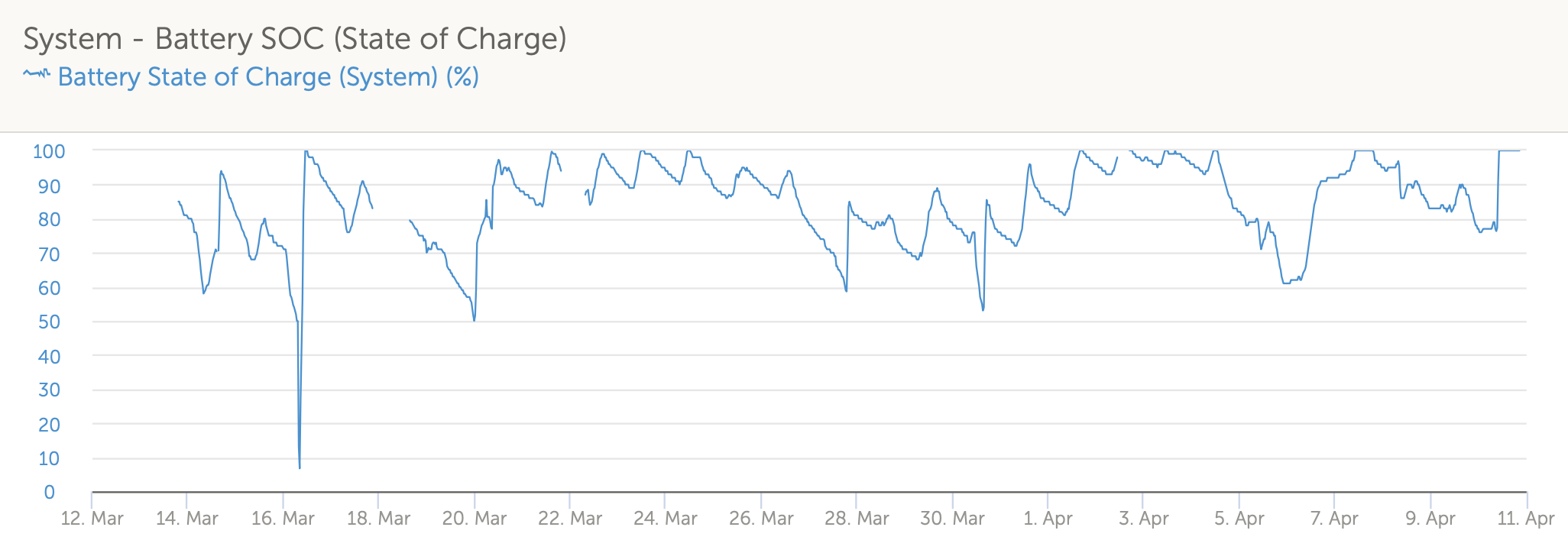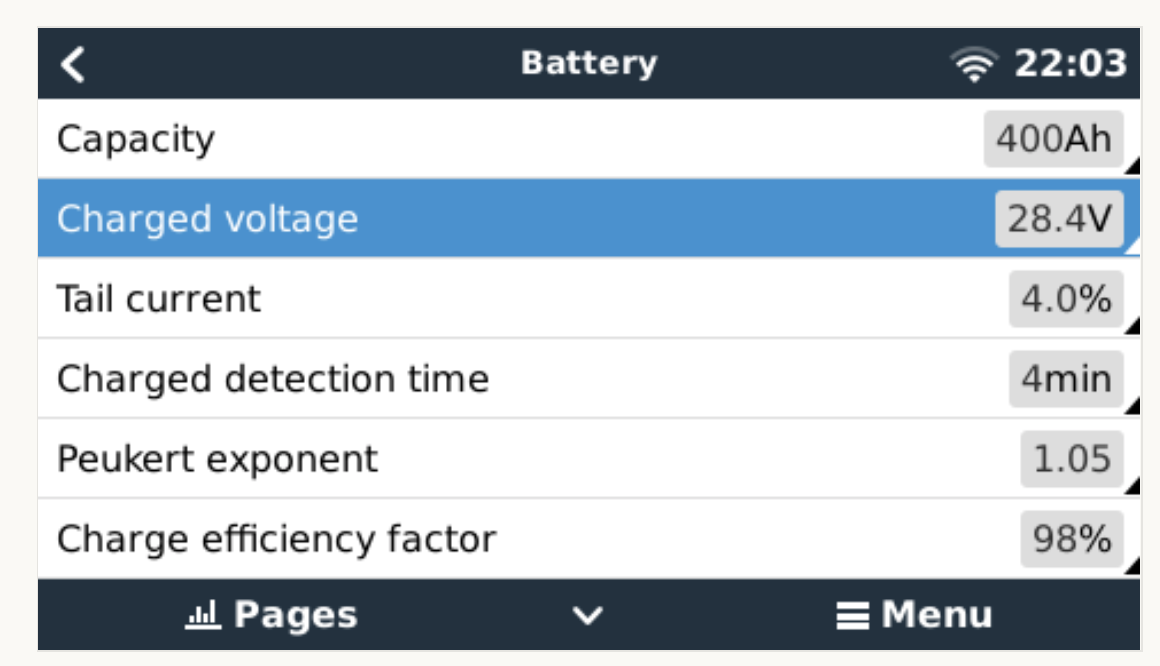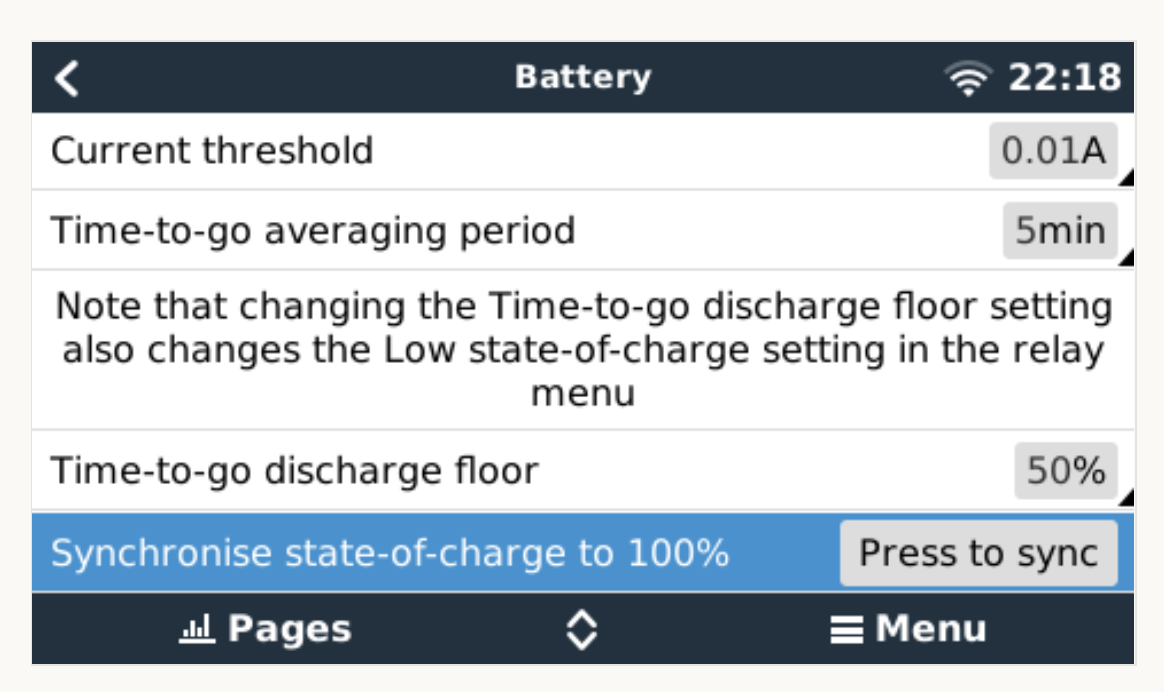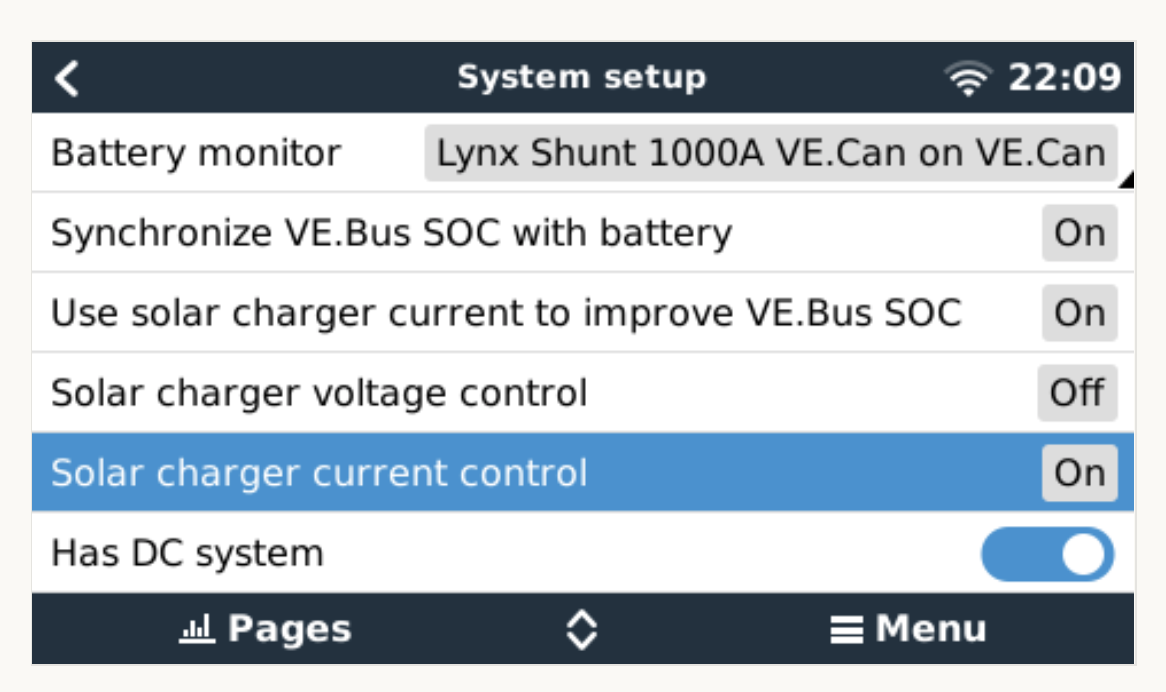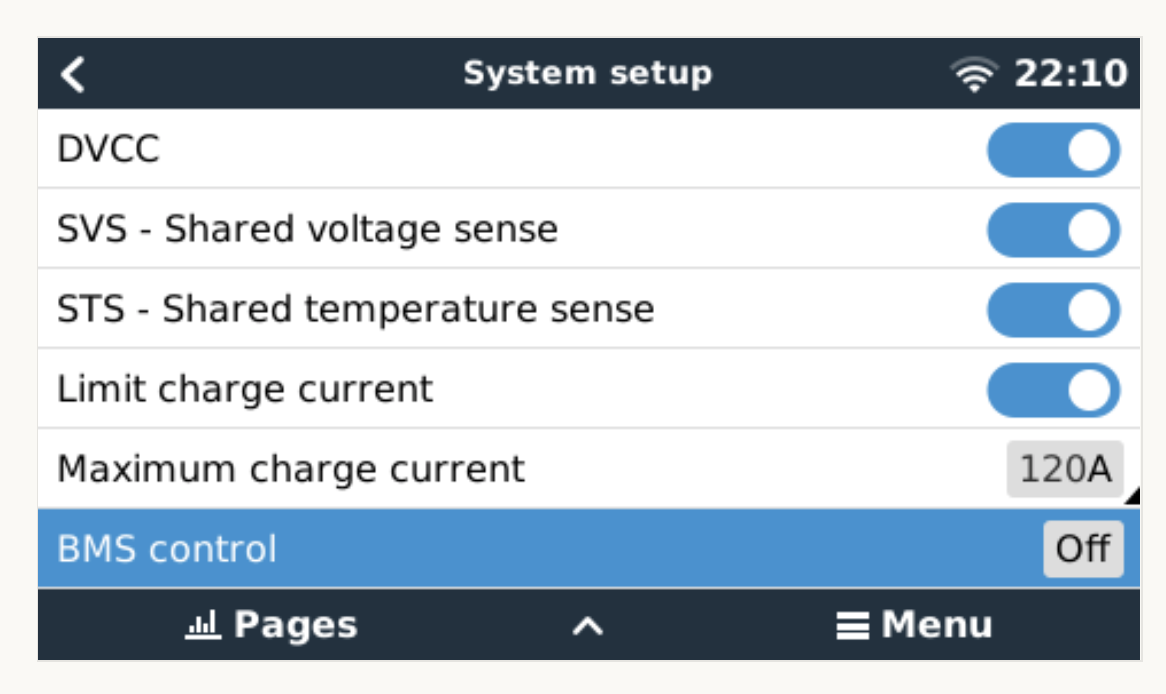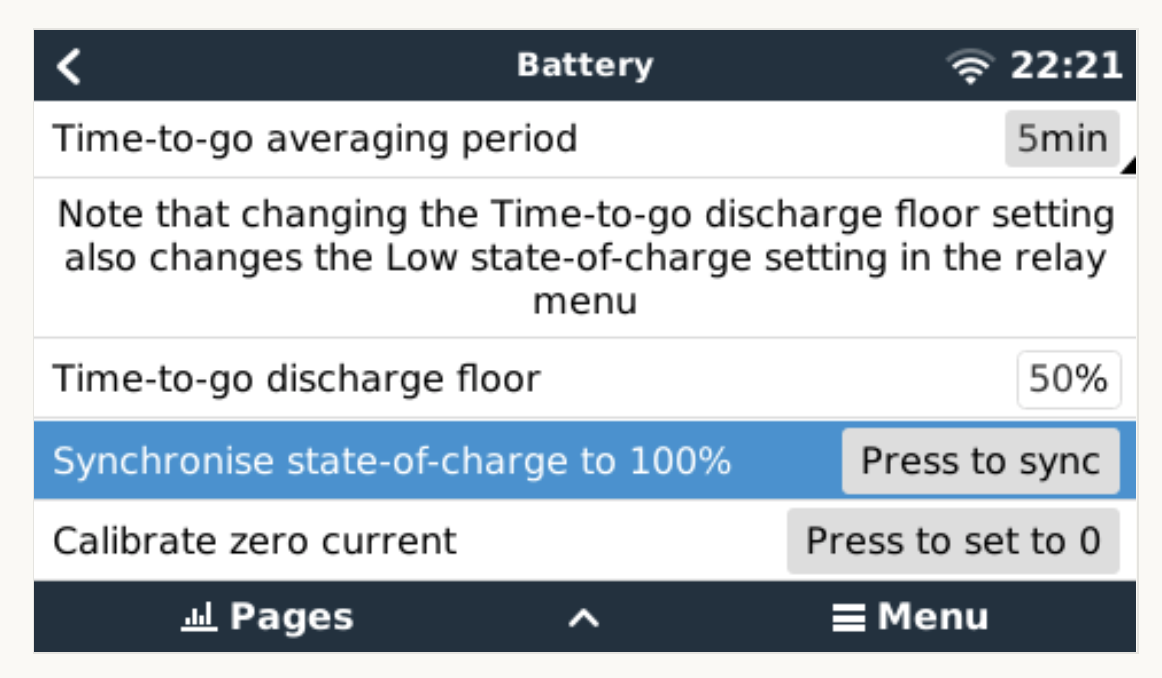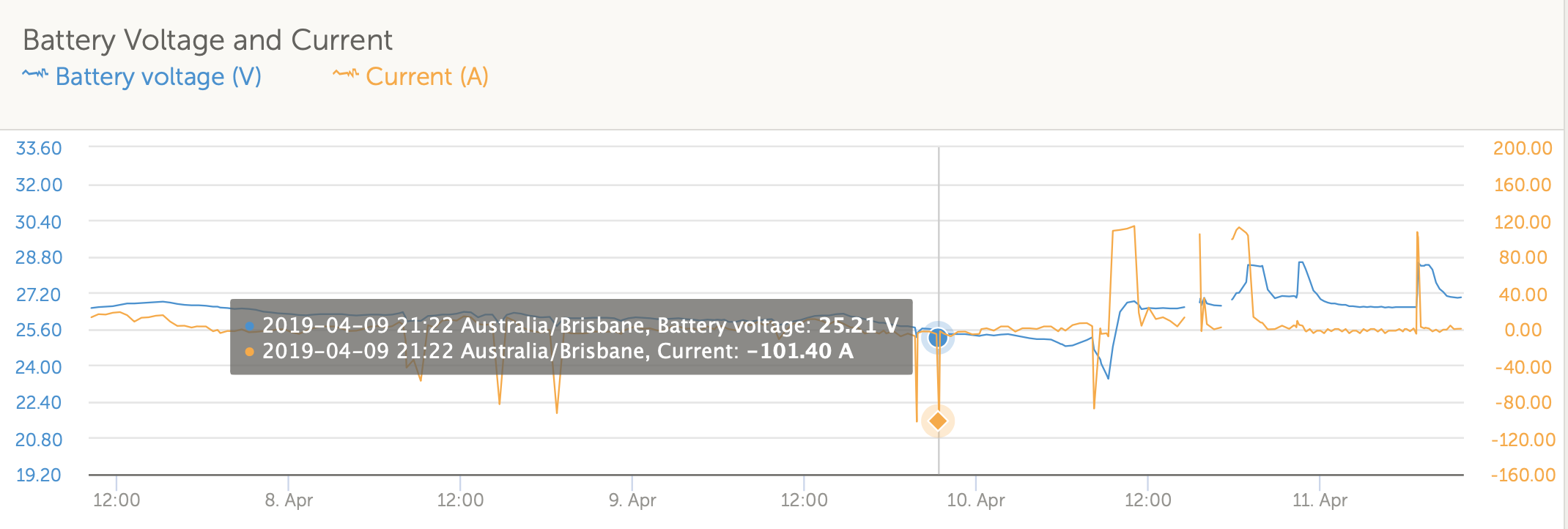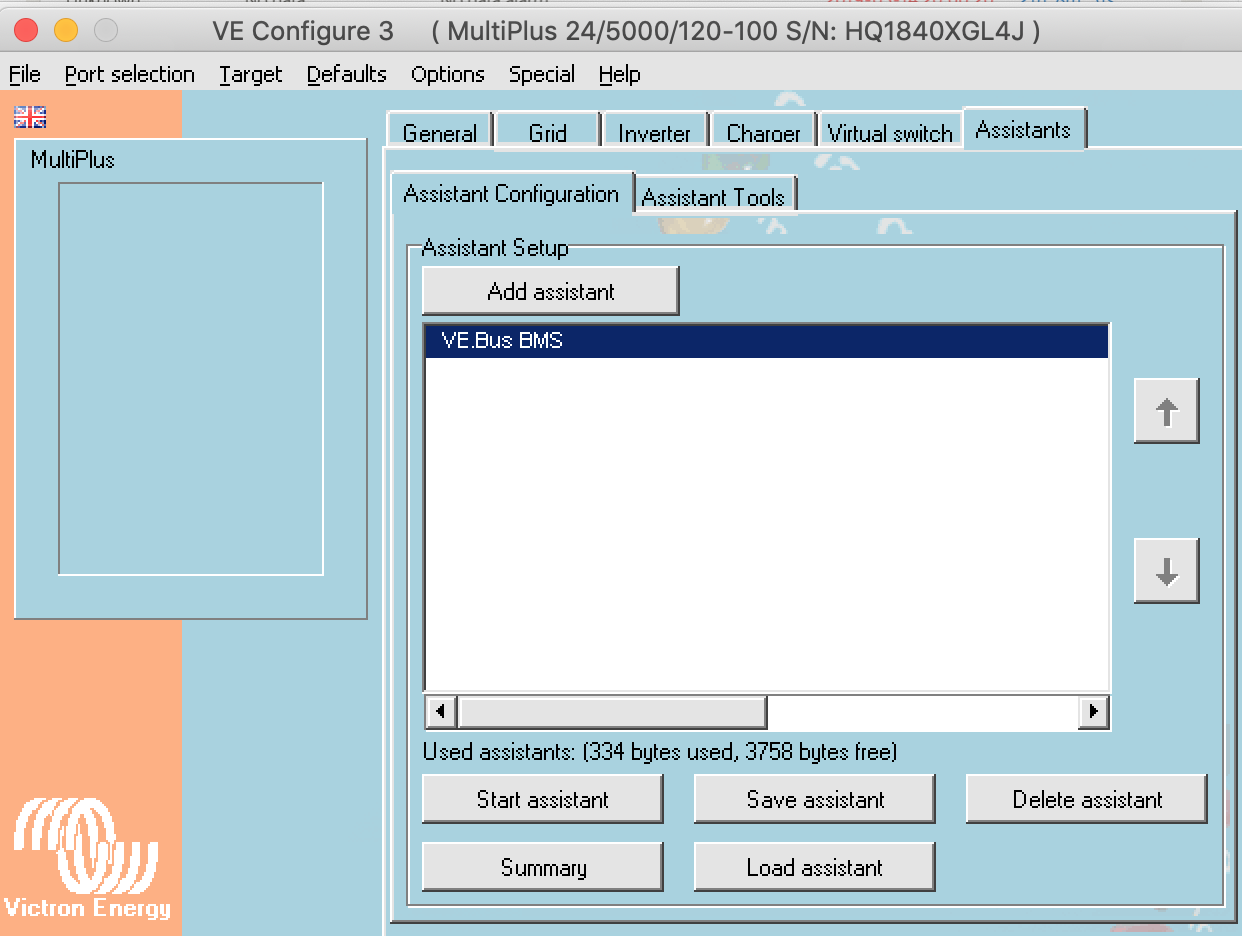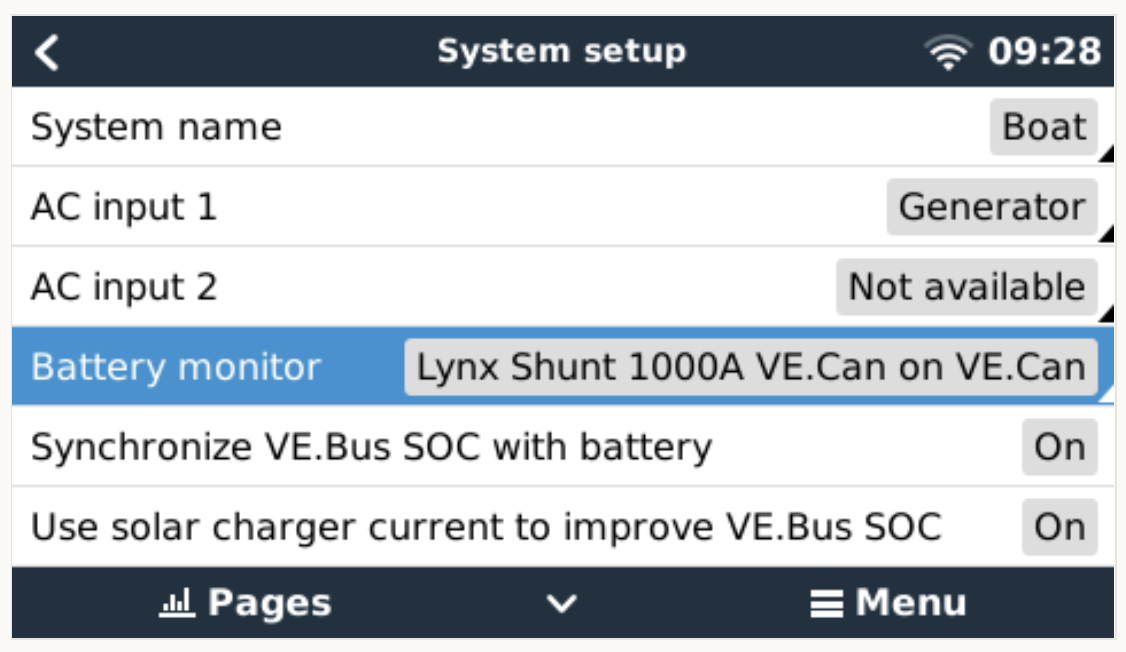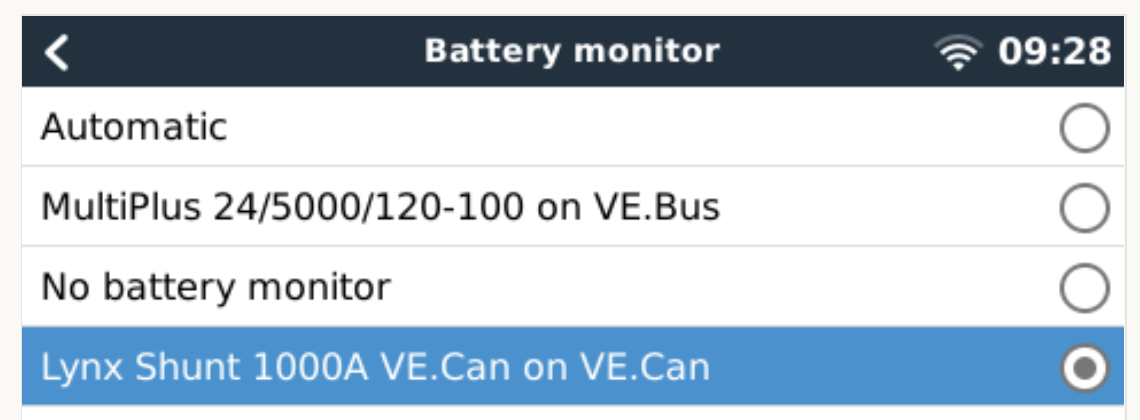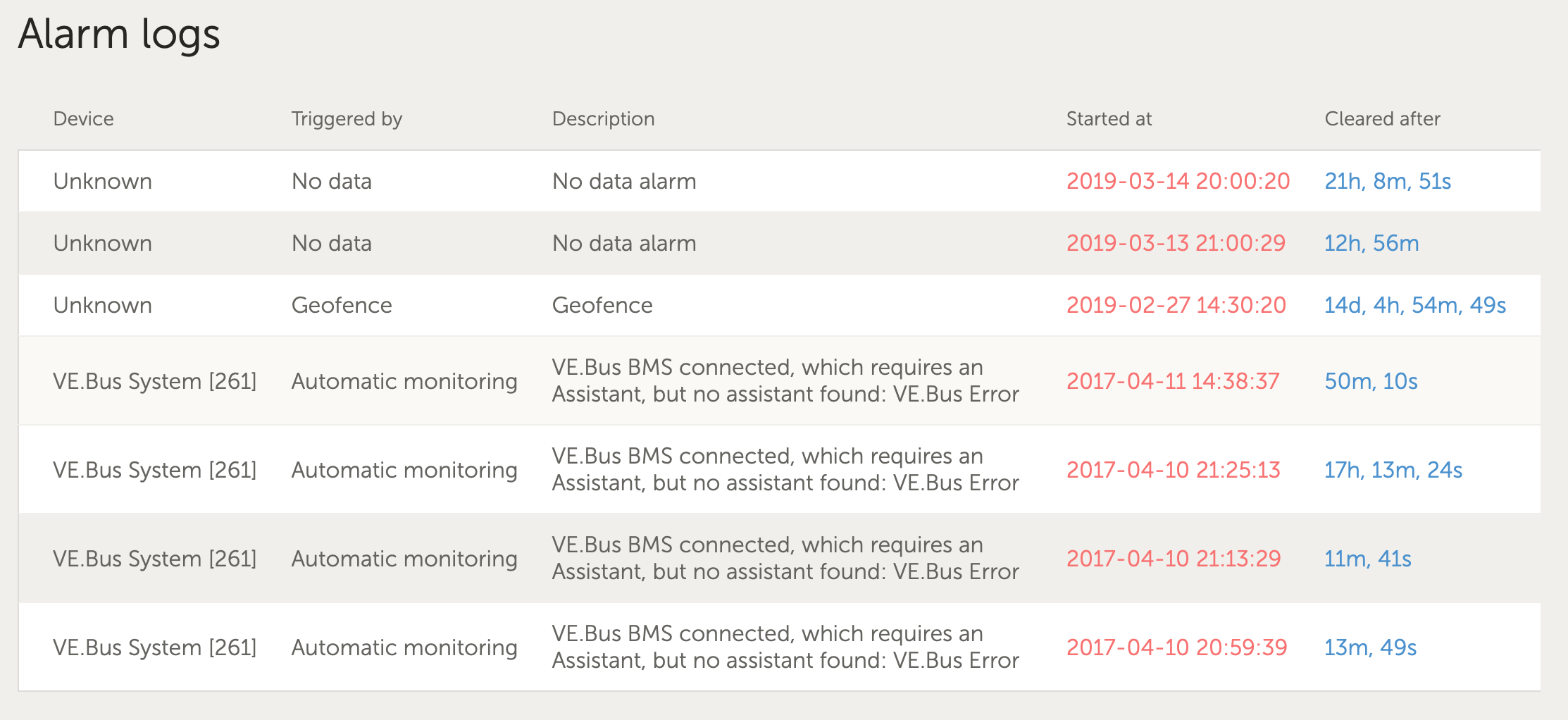I have the same/similar error as with Harvey-ricky at
https://community.victronenergy.com/questions/6045/vebus-system-261-on-vrm.html and as answered by @WKirby.
System: 2 x 24 V 200 AH LFP, Venus, Ve.Bus BMS, BP, 24/5000 Multi, 150/70 MPPT +..(on a sailing catamaran).
At around 0800 (AEST) I noticed a low voltage alarm on the digital remote control (and on the Multi). Logged into local.venus Battery SoC 74% and same warning. BlueTooth to both batteries with the following result
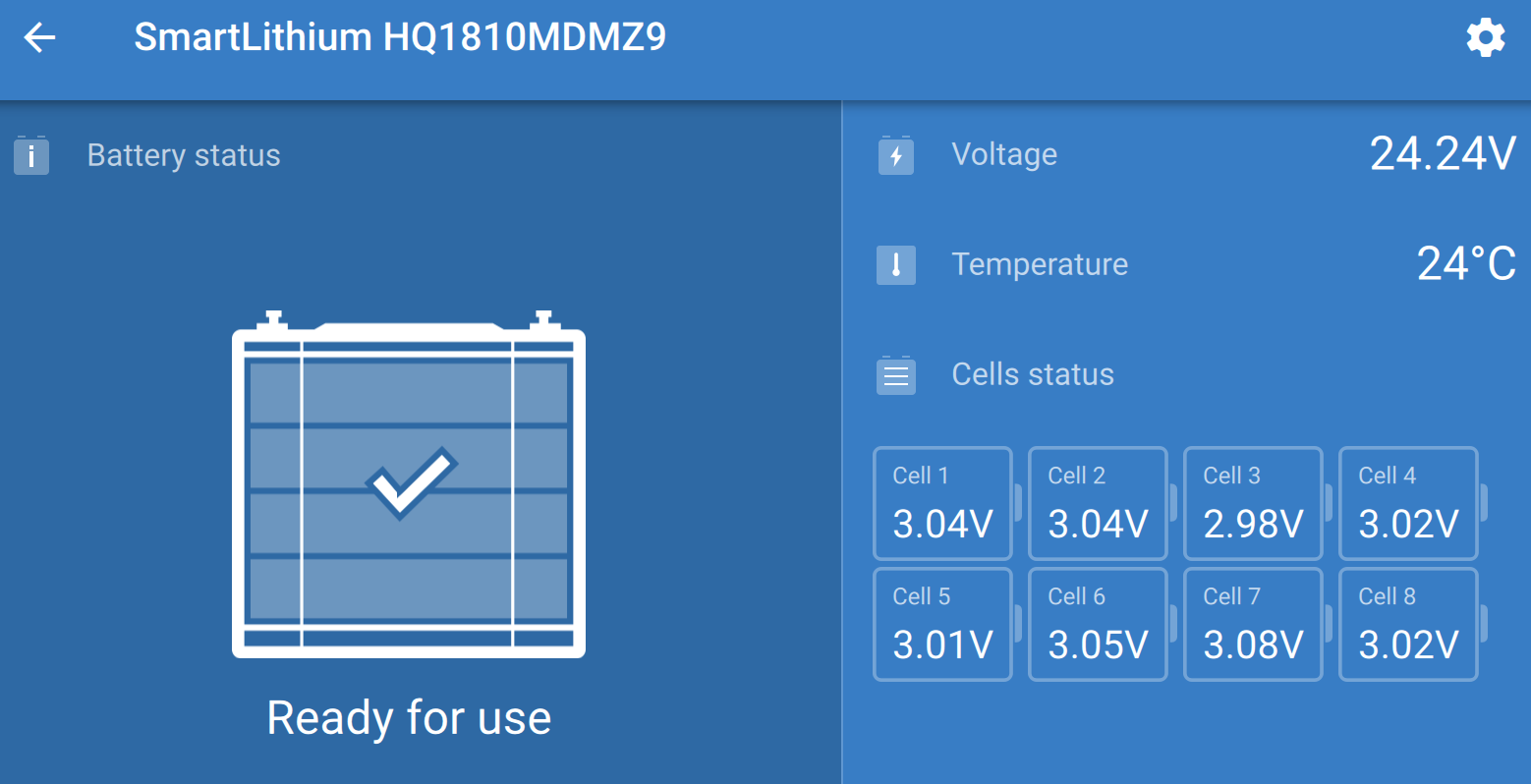
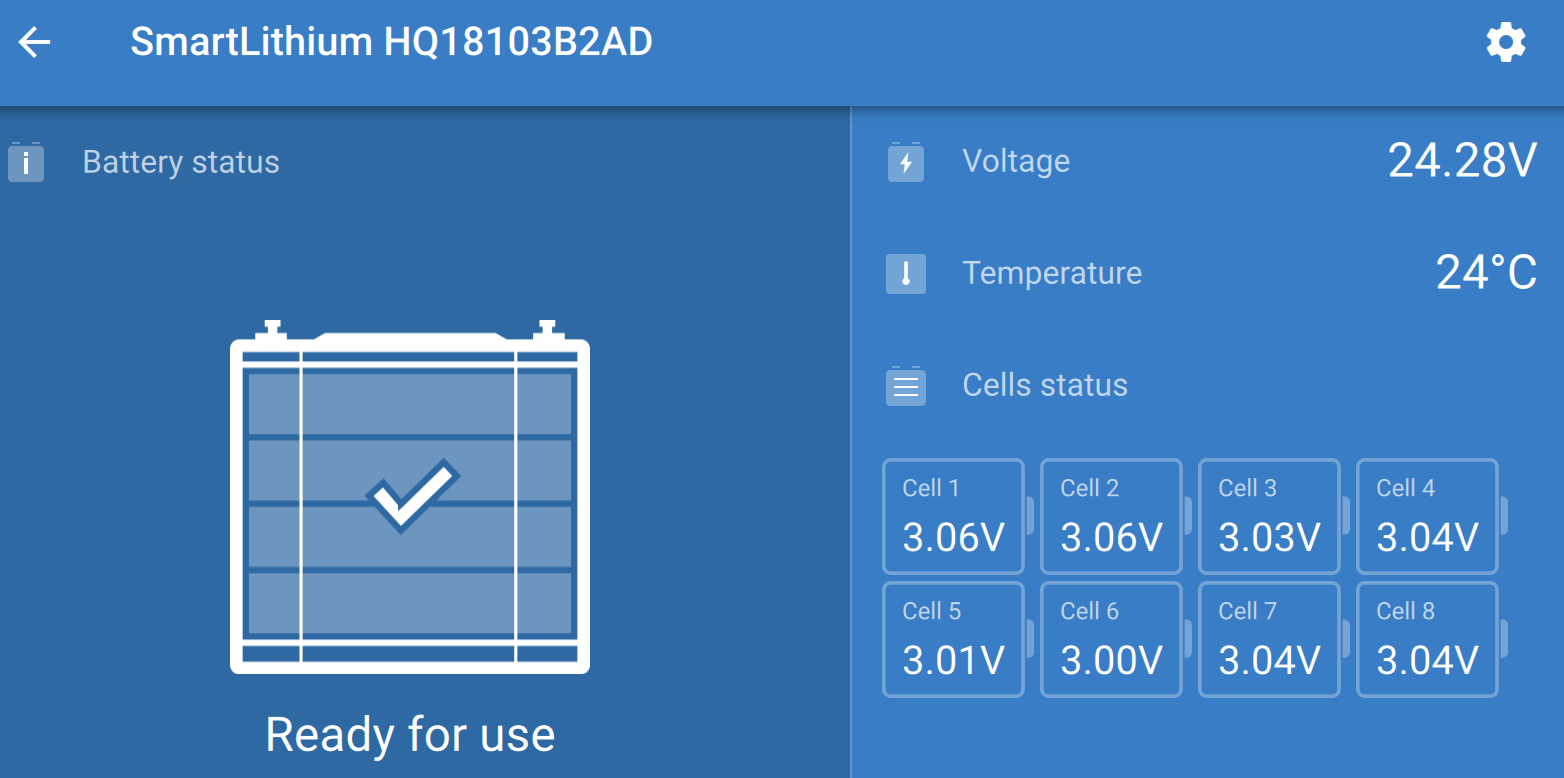
With the above battery cells voltage results I decided to let the discharge continue to my floor of 50% SoC. The system is relatively new (few weeks) and I am still trying to test the various limits etc. of the system. Also trying to utilise the battery bank between 95%-50% SoC. At around 09:36 both Battery Protects disconnected and the Multi, Venus and BP went down - ship went dark so as to speak. Very lucky we were not underway.
Connected AC at 09:40ish and started charging. Logged into VRM.
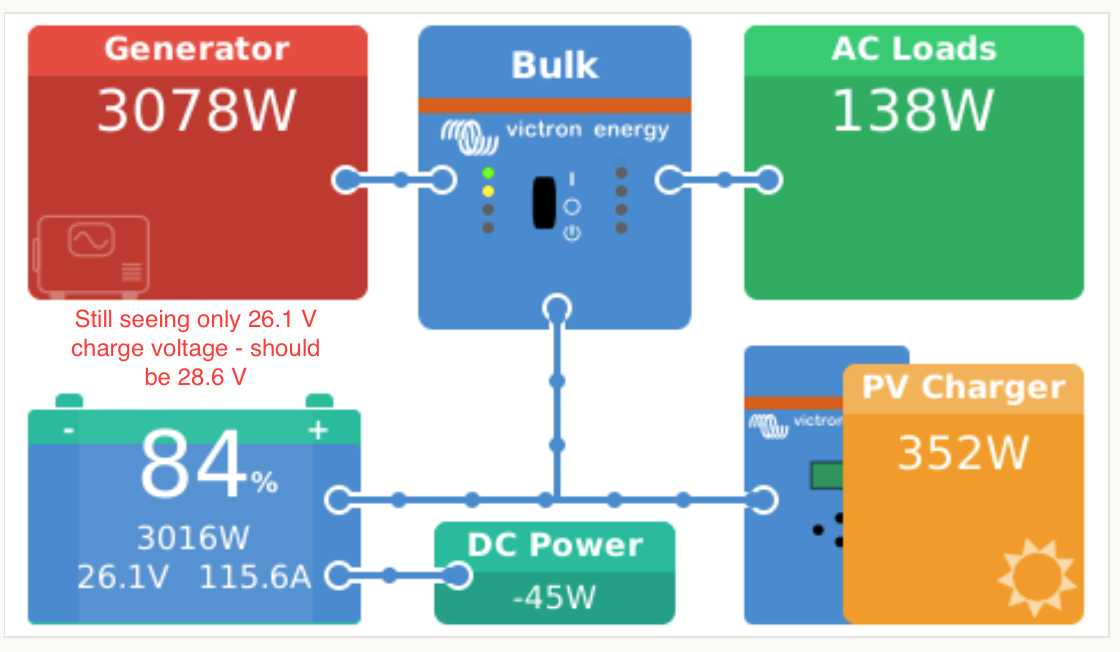
On VRM found the above info so went looking on the Community and found the Harvey-ricky entry. Then went looking for my Device ID and found that in my system the 24/5000 Mulit is device 261.
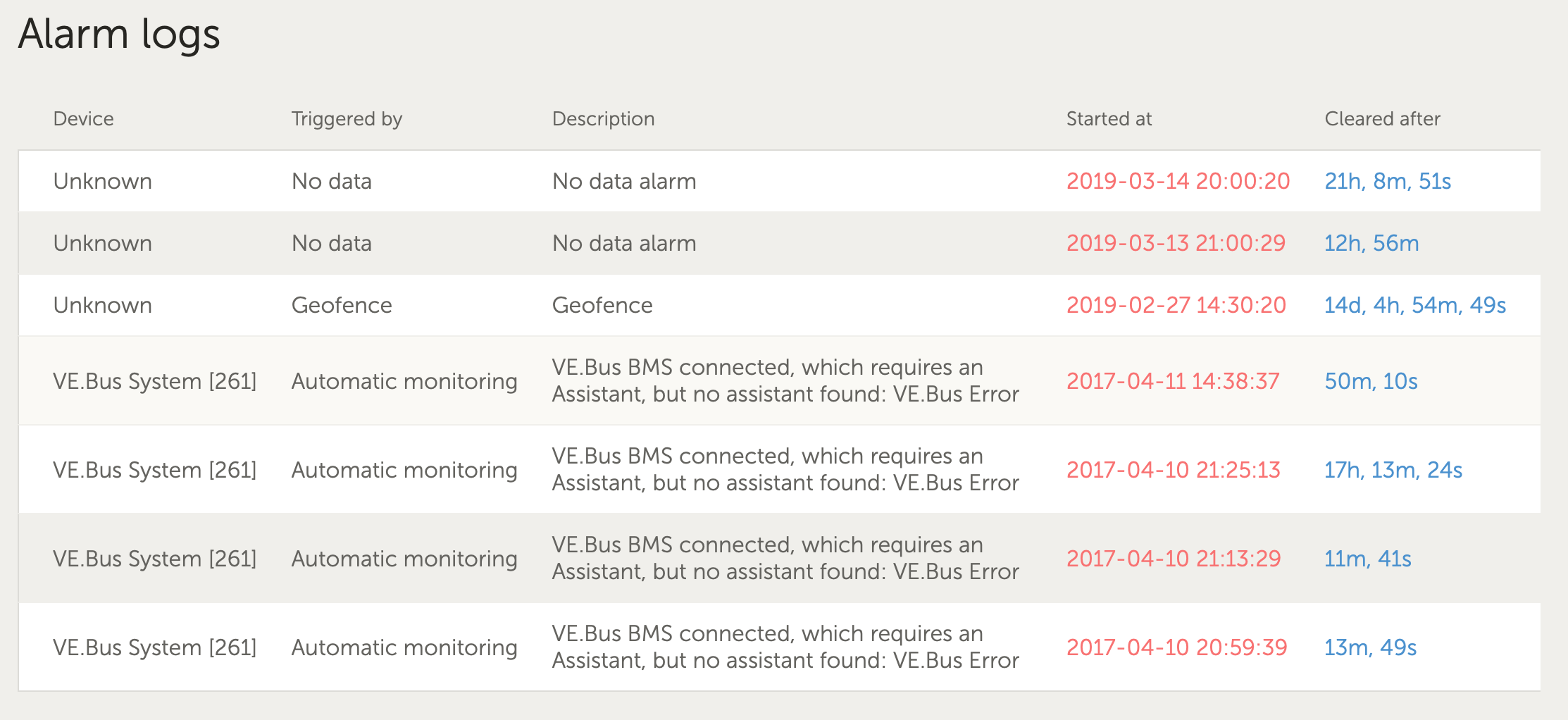
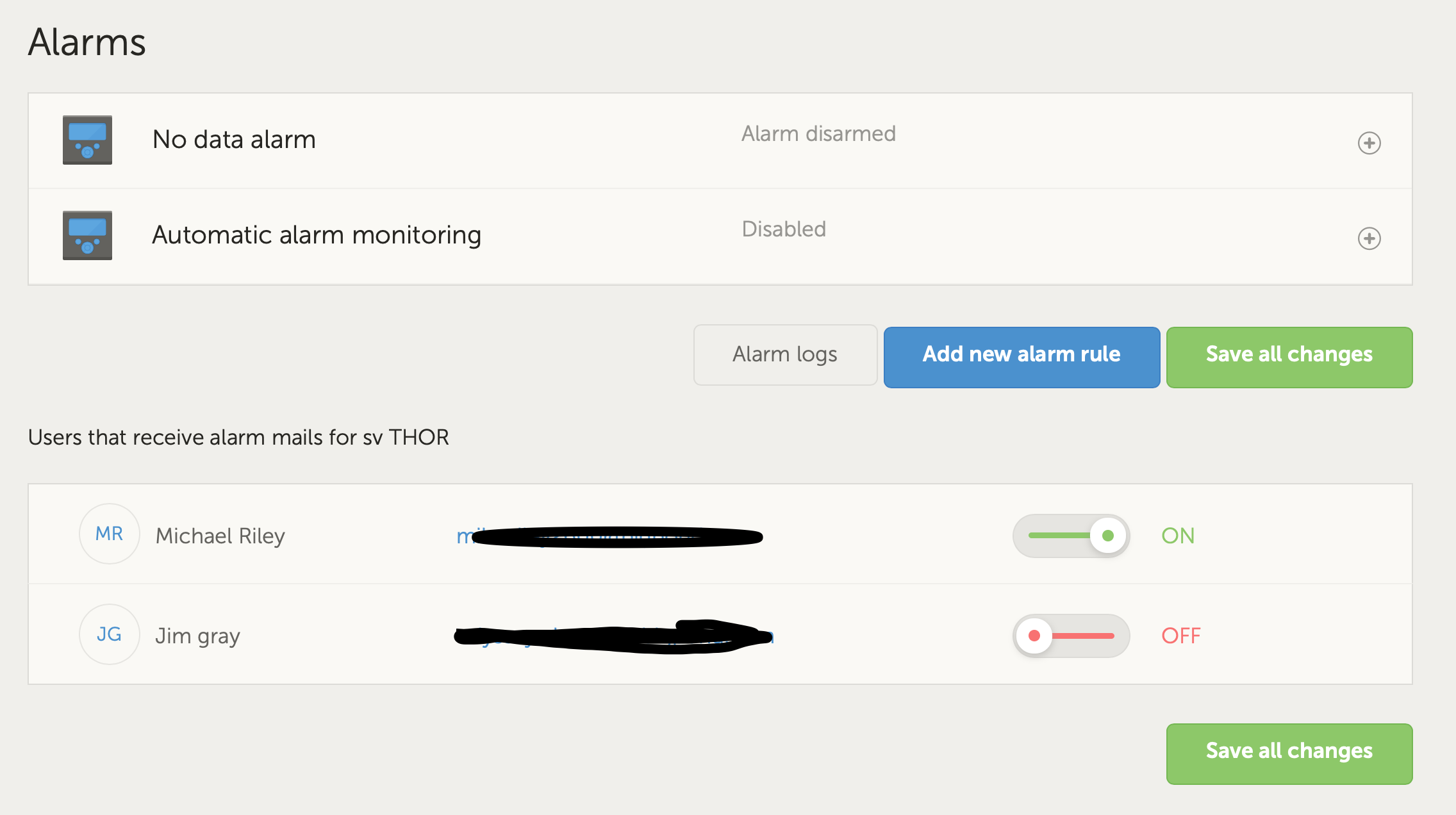
Ignore the first three (3) alarms as these are valid - at that point I disarmed and disabled the data and alarm monitoring (around middle of March).
So it appears that the BMS is working; the SoC is seriously wrong, the Battery cell voltages are ??, and perhaps some assistants are not showing up or loaded. I was there when the AC Detect assistant was loaded in the installer workshop but have left a voicemail for him to call.
Can anyone shed further light on this error and why only now (battery SoC and other conditions have been lower in the past weeks and there was no heavy load (in fact almost no load and the 24/5000 was switched off over night).



